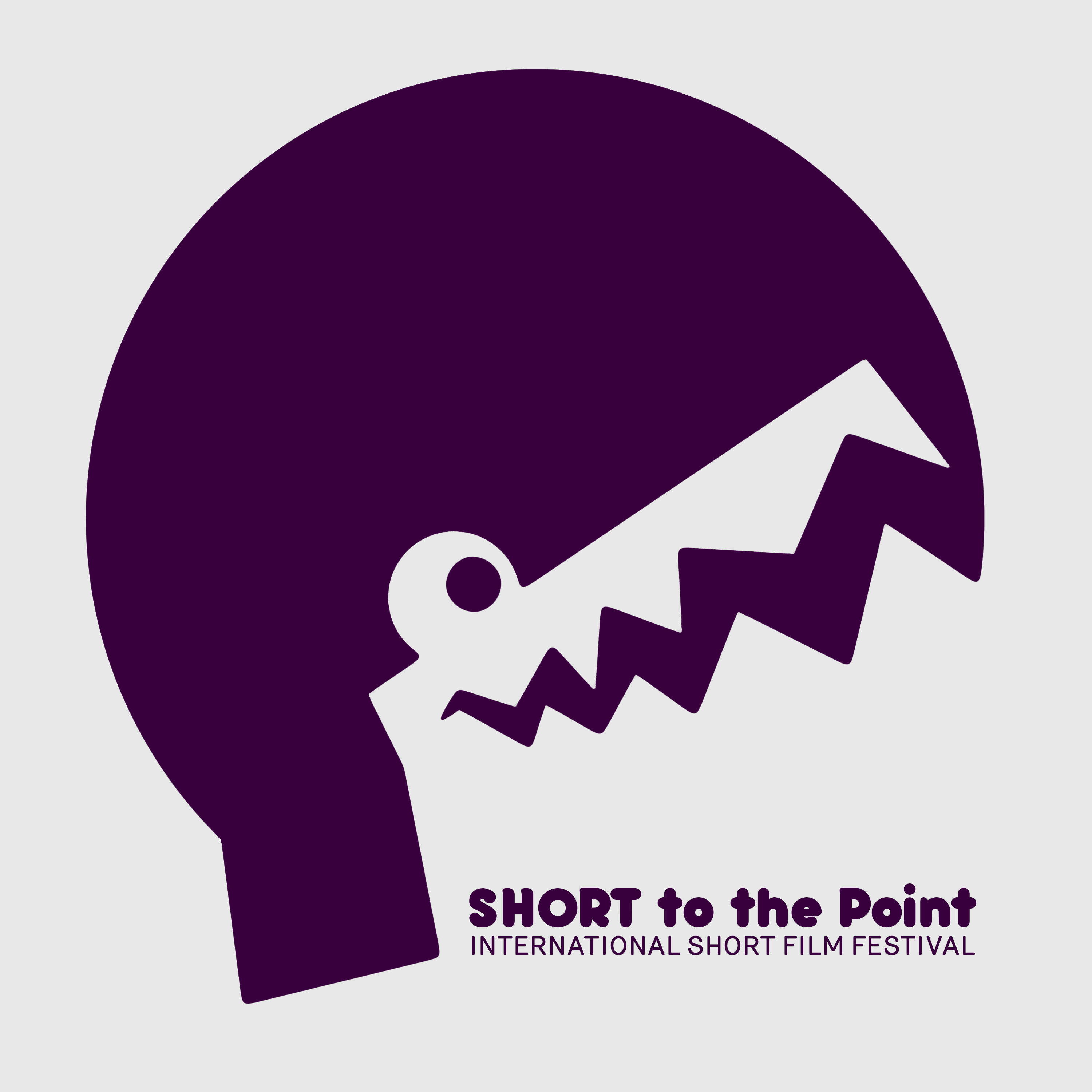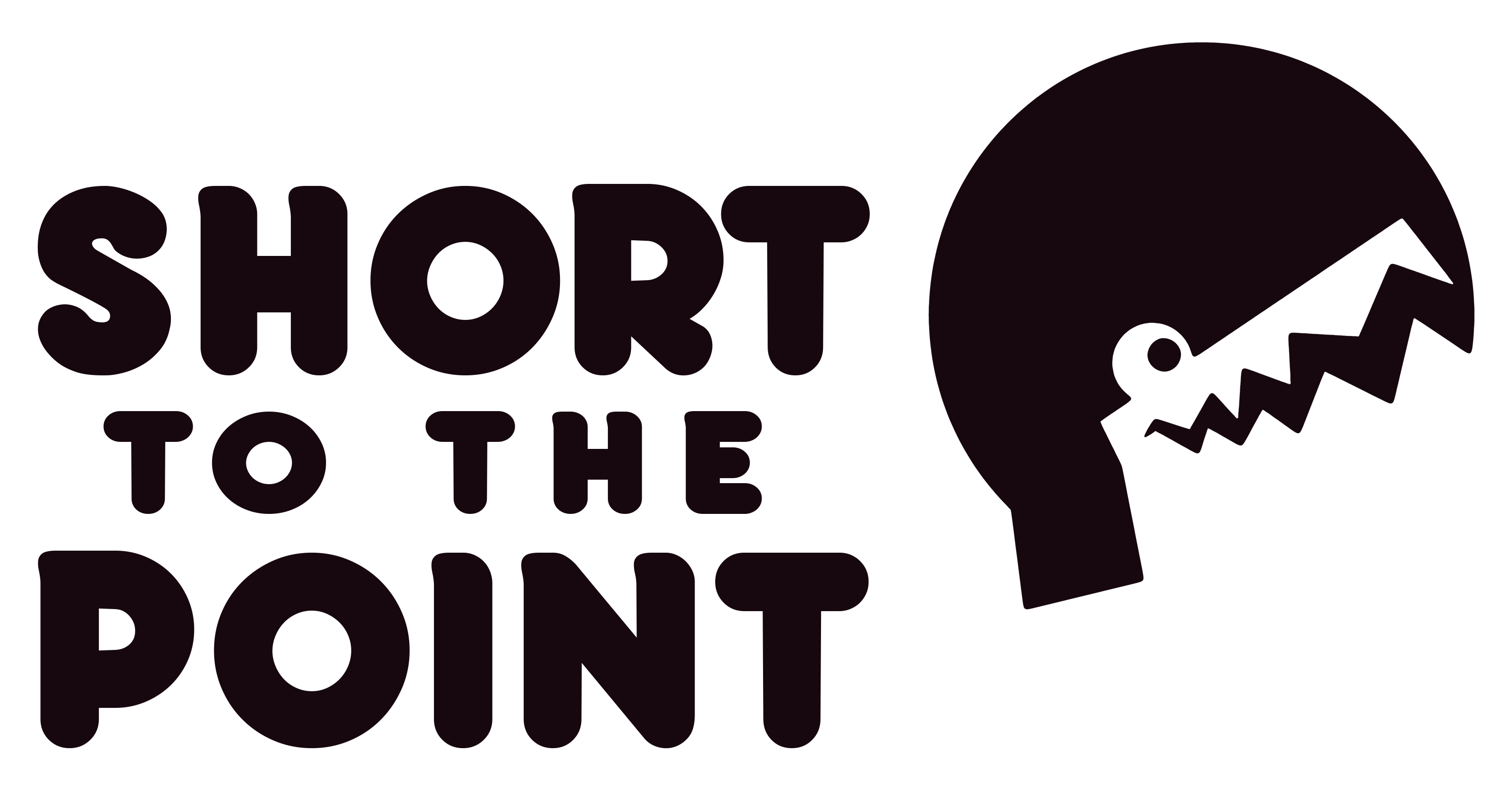SHORT BIO OF THE PHOTOGRAPHER:
Jojin Van Winkle’s photography, video, film, and audio research centers around the practice of listening, focused on resilience and the human condition. Through multimedia projects she blend external experiences with internal reflections. Her recent and ongoing work, The Destruction Project, was the subject of a solo exhibition at MMoCA (Madison Museum of Contemporary Art) October 2020–April 2021. The core of her practice is the process of documenting individuals, places, and objects revealing their stories and uncovering social and psychological implications of everyday existence. She has participated in artist residencies nationally and internationally, and exhibited large-scale installation art before pursuing lens-based media. In 2016-17 Van Winkle was an artist-in-resident at the Madison Children’s Museum, collaborating with 500 children on a multi-media permanent installation. For the Liberian land rights documentary, The Land Beneath Our Feet (2016, 60 min.), she was an associate producer, with additional camerawork. She was the USA-based cinematographer for PBS/Independent Lens documentary, In the Shadow of Ebola, (2015, 27 min.). Both documentaries screened at international and national festivals, winning awards. As an assistant professor at Carthage College, Jojin Van Winkle teaches and directs the Photography and Film and New Media Program. She has a MFA and MA from the University of Wisconsin-Madison and BFA from the School of the Art Institute of Chicago.
- How did it all start out of? What inspired you to pursue photography as a profession (or as a hobby)?
When I was in high school I was an exchange student to Germany. I took a 35mm Pentxx camera with me, documenting my daily life. Through the lens I experienced another culture and became enamored with the environments around me. Sometimes photographing the landscapes of the small I town I lived in, other times photographing people and architecture in the city of Hameln where I attended the gymnasium. I started to witness light, shadows and reflections in a new and very raw way.
- Can you tell us about yourself and your background?
I am visual artist working in lens-based media and a writer. I enjoy writing screenplays, poetry and journaling. My photography, video, film, and audio research centers around the practice of listening, focused on resilience and the human condition. Through multimedia projects I blend external experiences with internal reflections. The core of my practice is connected to narrative. Some of it is grounded the imagination. Other projects involve the process of documenting individuals, places, and objects revealing their stories and uncovering social and psychological implications of everyday existence. I love teaching. I am an assistant professor at Carthage College, a small liberal arts college in Wisconsin. I teach new media and foundations courses. I direct the new and growing Photography and Film and New Media Program.

- Who were your early influences?
The photographers of National Geographic, like Sam Abell, introduced me to environments, people, animals, and cultures around the world. The documentary film, Baraka, by Ron Fricke, had a deep impact on me. It is the only movie I have ever watched twice in the theater on the same day. After the film ended, I immediately bought a second ticket and watched it again.
- What are the subjects that you enjoy photographing the most? What draws you to a particular scene or subject as a photographer?
I enjoy photographing natural landscapes in all weather conditions, underwater environments, people in engaged in their everyday lives, and sports with moving vehicles. Traveling has been the gateway to these aforementioned subjects.

- What has been your most memorable experience related to photography?
Photographing the beautiful Namekagon River while canoeing down it for six days with an aquatic biologist. Sometimes I would stand in the river as I was photographing, other times it was between rapids or while paddling through rice fields.
- What are some of the challenges of photography?
We live in a visual culture. Many more people than ever before in human existence have access to cameras (particularly smartphones). People of all ages and backgrounds make and distribute images globally on a daily basis. To be a photographer today is to be aware of this stream of images, and still find ways to cultivate meaningful story through individual vision.

- How do you balance between what you see and making it as dramatic and beautiful like a standalone artwork?
To me this question addresses the magic of image-making. As a photographer I am composing and editing before I ever adjust the lens or snap the picture. To me it is less about balancing and more about putting intuition first.
- What do you want to capture in your photographs?
The language of “capture” is not something I am comfortable with as an image maker. I don’t want to capture anything or anyone. Instead I want to document, reflect and share a moment in time.
- Are you always keeping an eye out for what’s new on the camera market?
The Canon EOS R5 for the new RF5.2mm F2.8 L Dual Fisheye Lens. This combo is for a stereoscopic 3D 180° VR solution. I’d like to create a VR project.
- What’s the post-production process like?
My documentary work is mostly unaltered. Depending on the final output, I may make minor adjustments. For example when the image will be presented in an LED lightbox, various adjustments will be necessary to enhance aspects of contrast, saturation and hue.

- Where do you want to take your photography career?
I would like to work with large-format cameras, to continue to increase the scale of my printed photographs.
- What’s the most difficult part of what you do and what advice would you give to up-and-coming photographers?
Being present while behind the camera and waiting for the moment to arise takes an enormous amount of patience. It requires me to slow down and look deeply, even when the environment is fast-paced or chaotic. Listen to your dreams. Take time to practice your craft. Be mindful of how you engage and cultivate your artistic vision. Take creative risks. It’s not always the gear, but how you play and make use of what you have. Say yes to collaborative projects which interest and/or challenge you. Watch and listen to those you work with—learning can happen at the edges and in the most unexpected of moments.
- Where can our readers find you online?
www.jojinprojects.com










